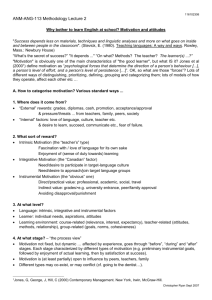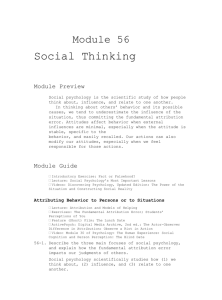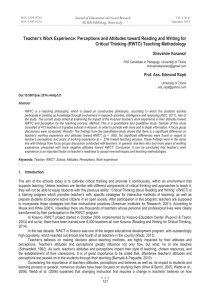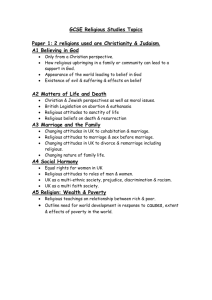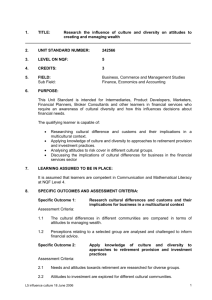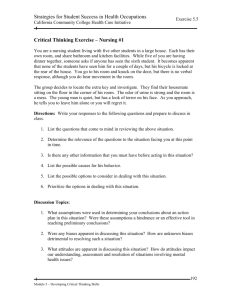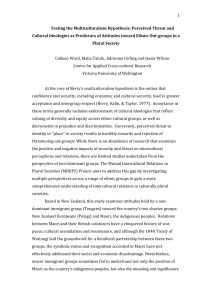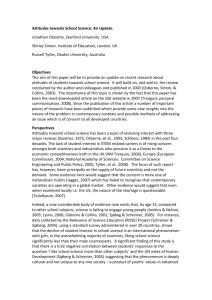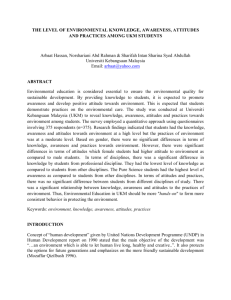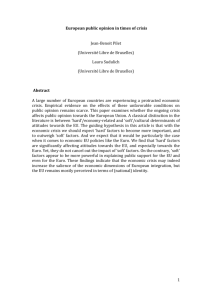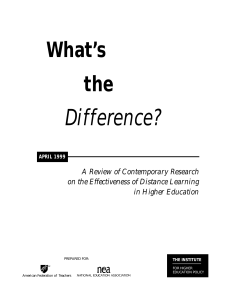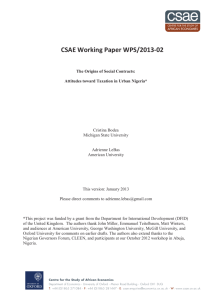Advice for schools when teaching about cultural diversity (doc
advertisement
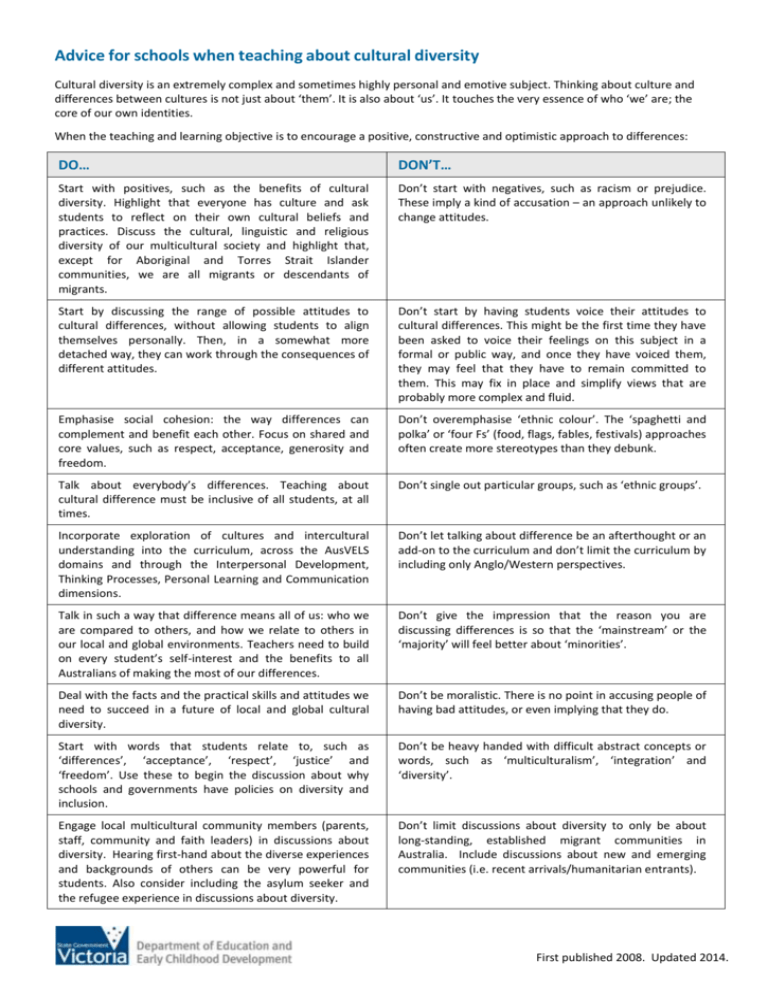
Advice for schools when teaching about cultural diversity Cultural diversity is an extremely complex and sometimes highly personal and emotive subject. Thinking about culture and differences between cultures is not just about ‘them’. It is also about ‘us’. It touches the very essence of who ‘we’ are; the core of our own identities. When the teaching and learning objective is to encourage a positive, constructive and optimistic approach to differences: DO… DON’T… Start with positives, such as the benefits of cultural diversity. Highlight that everyone has culture and ask students to reflect on their own cultural beliefs and practices. Discuss the cultural, linguistic and religious diversity of our multicultural society and highlight that, except for Aboriginal and Torres Strait Islander communities, we are all migrants or descendants of migrants. Don’t start with negatives, such as racism or prejudice. These imply a kind of accusation – an approach unlikely to change attitudes. Start by discussing the range of possible attitudes to cultural differences, without allowing students to align themselves personally. Then, in a somewhat more detached way, they can work through the consequences of different attitudes. Don’t start by having students voice their attitudes to cultural differences. This might be the first time they have been asked to voice their feelings on this subject in a formal or public way, and once they have voiced them, they may feel that they have to remain committed to them. This may fix in place and simplify views that are probably more complex and fluid. Emphasise social cohesion: the way differences can complement and benefit each other. Focus on shared and core values, such as respect, acceptance, generosity and freedom. Don’t overemphasise ‘ethnic colour’. The ‘spaghetti and polka’ or ‘four Fs’ (food, flags, fables, festivals) approaches often create more stereotypes than they debunk. Talk about everybody’s differences. Teaching about cultural difference must be inclusive of all students, at all times. Don’t single out particular groups, such as ‘ethnic groups’. Incorporate exploration of cultures and intercultural understanding into the curriculum, across the AusVELS domains and through the Interpersonal Development, Thinking Processes, Personal Learning and Communication dimensions. Don’t let talking about difference be an afterthought or an add-on to the curriculum and don’t limit the curriculum by including only Anglo/Western perspectives. Talk in such a way that difference means all of us: who we are compared to others, and how we relate to others in our local and global environments. Teachers need to build on every student’s self-interest and the benefits to all Australians of making the most of our differences. Don’t give the impression that the reason you are discussing differences is so that the ‘mainstream’ or the ‘majority’ will feel better about ‘minorities’. Deal with the facts and the practical skills and attitudes we need to succeed in a future of local and global cultural diversity. Don’t be moralistic. There is no point in accusing people of having bad attitudes, or even implying that they do. Start with words that students relate to, such as ‘differences’, ‘acceptance’, ‘respect’, ‘justice’ and ‘freedom’. Use these to begin the discussion about why schools and governments have policies on diversity and inclusion. Don’t be heavy handed with difficult abstract concepts or words, such as ‘multiculturalism’, ‘integration’ and ‘diversity’. Engage local multicultural community members (parents, staff, community and faith leaders) in discussions about diversity. Hearing first-hand about the diverse experiences and backgrounds of others can be very powerful for students. Also consider including the asylum seeker and the refugee experience in discussions about diversity. Don’t limit discussions about diversity to only be about long-standing, established migrant communities in Australia. Include discussions about new and emerging communities (i.e. recent arrivals/humanitarian entrants). First published 2008. Updated 2014.










